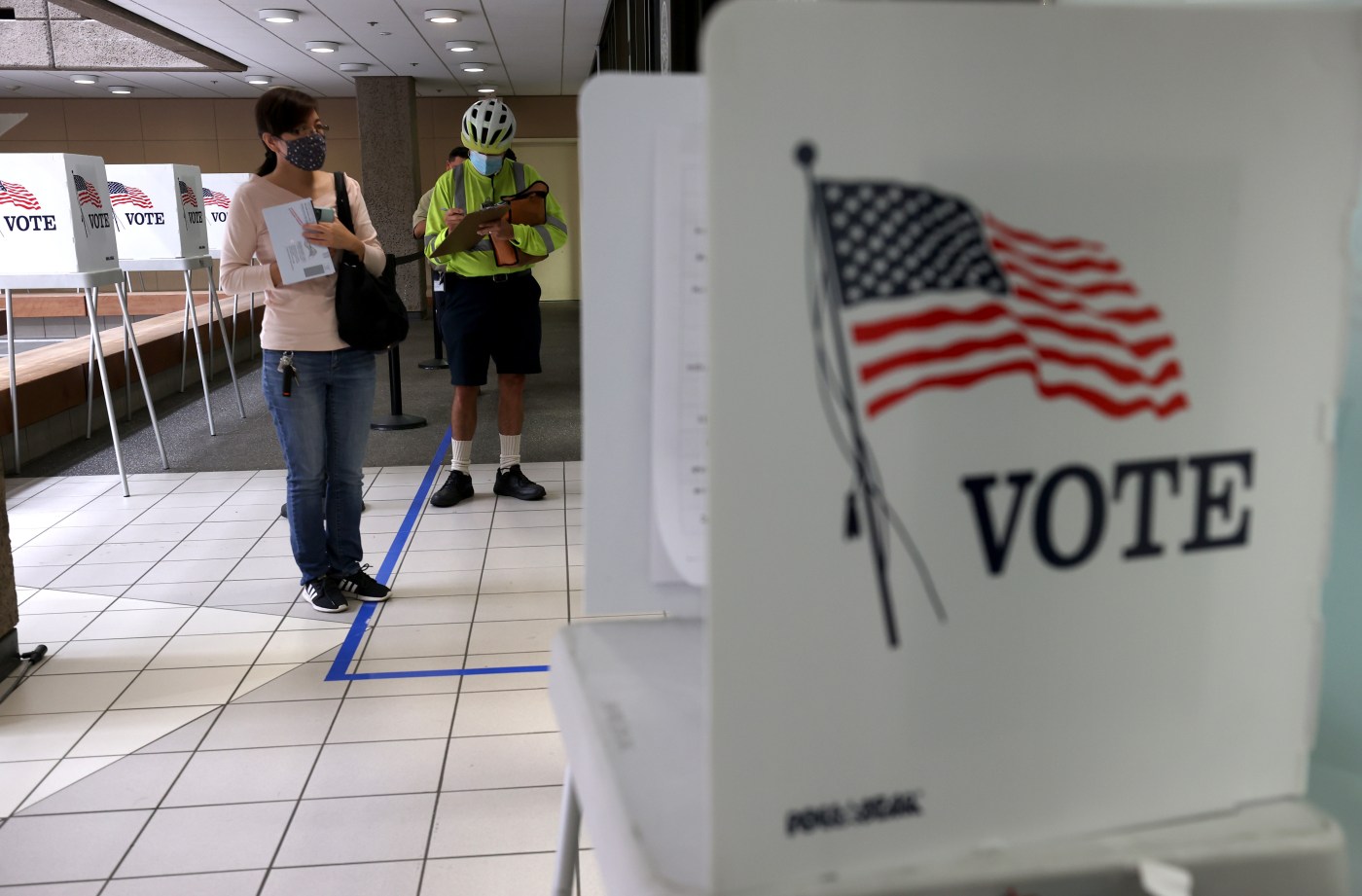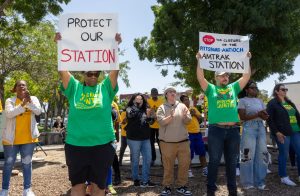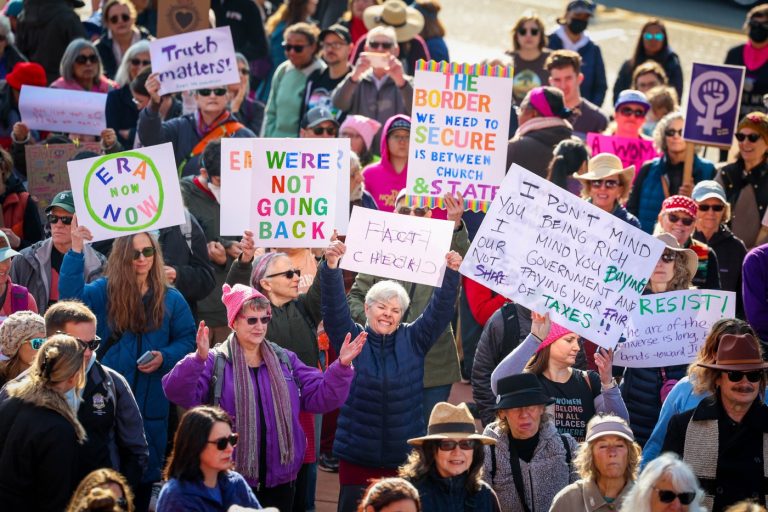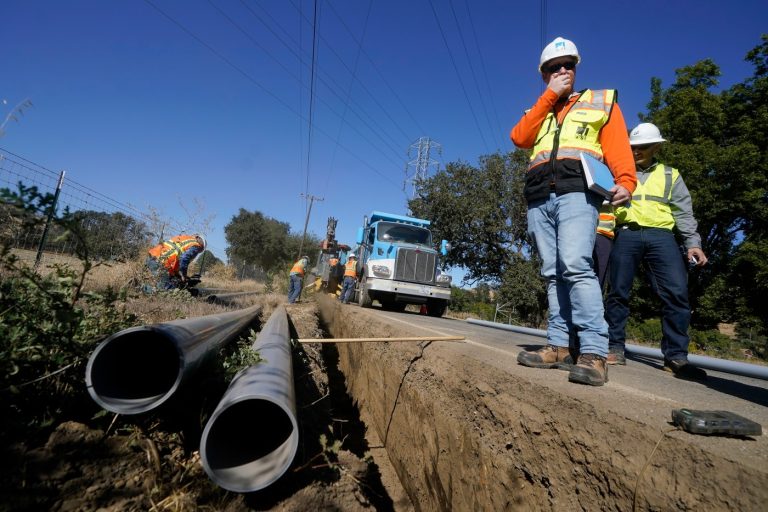As we enter a polarizing presidential election, we have a chance locally to cut down the negative rhetoric and improve our democracy.
Santa Clara County should follow the lead of San Francisco, Oakland and Berkeley and adopt ranked choice voting, or RCV, for county elections (supervisors and county officers). The county recently took an important step forward on this issue by agreeing to study how RCV can be operationalized.
RCV eliminates the low-turnout spring primary and dramatically increases participation — specifically among people of color and young people. We can give voters greater choice and encourage candidates to reach out to folks beyond their traditional “base,” bringing our community together and reducing toxic political campaigning.
Our movement for better elections is hardly new. In 1998, 54% of county voters voted to adopt RCV for our local elections. But a decade before the iPhone was first released, the technology to tabulate RCV elections wasn’t yet up to snuff, and state law prohibited the Board of Supervisors from acting on the will of the voters.
Over the last quarter-century, we’ve been jumped in line by five Bay Area cities that have successfully implemented RCV. Last year, the governor signed a bill allowing Santa Clara County to do the same. And a recent poll shows that 64% of county voters support RCV, with majority support across all racial groups.
It’s time to bring RCV to Santa Clara County.
In an RCV election, voters rank candidates in order of preference — first, second and so on. If a candidate receives a majority of first choices, they win. If not, an “instant runoff” takes place. The candidate with the fewest votes is eliminated. If your first choice is eliminated, your vote automatically counts for your next choice. This repeats until a candidate wins with a majority of the vote.
With RCV, voters can support their favorite candidate without fear they’ll “waste” their vote on a long-shot candidate and end up helping their least favorite candidate. New voices can enter the race without worrying they’ll siphon votes from similar candidates.
And the campaign dynamic improves for candidates, too — they must build a majority coalition of voters to win instead of just attacking their opponents.
Most important, RCV offers a better alternative to the two-round elections we currently use to elect our Board of Supervisors. In some cases, the candidate field is winnowed to two choices in our spring primary, where turnout is usually 40% lower than November, with even greater drops among voters of color and young people. The decision about who makes the November ballot is made by a small and unrepresentative group.
With RCV, we can elect a majority-winning candidate in a single contest when turnout is the highest. California already has led the way in increasing voter participation, with reforms such as all-mail voting and even-year elections. RCV is the next step.
Related Articles
Letters: Prop. 4 | Nguyen for supervisor | Trump’s rhetoric | Hateful speech | Real issues | Factory farms
Letters: Lost touch | Saratoga schools | Yes on Prop. 6 | Electoral College
Look at our neighbors. About 65% of local offices are held by people of color in the Bay Area cities that use RCV; that’s up from 39% before RCV was implemented and includes the mayors of San Francisco, Oakland, Berkeley and San Leandro. It’s not just the Bay Area — more women and people of color run and win in RCV elections across the country.
Voters consistently say they like and understand RCV, including here in the bay. Eighty-six percent of San Francisco voters said they understood RCV well the first time it was used, and 61% said they preferred it to “choose-one” voting. California voters have also said that they understood RCV better than our top-two primaries. In Albany, the most recent local city to adopt RCV, 73% voted in favor.
The case for RCV is stronger than ever. Let’s improve our democracy by bringing it to Santa Clara County.
Gabriela Chavez-Lopez is CEO of the Latina Coalition of Silicon Valley. Steve Chessin is president of Californians for Electoral Reform.












